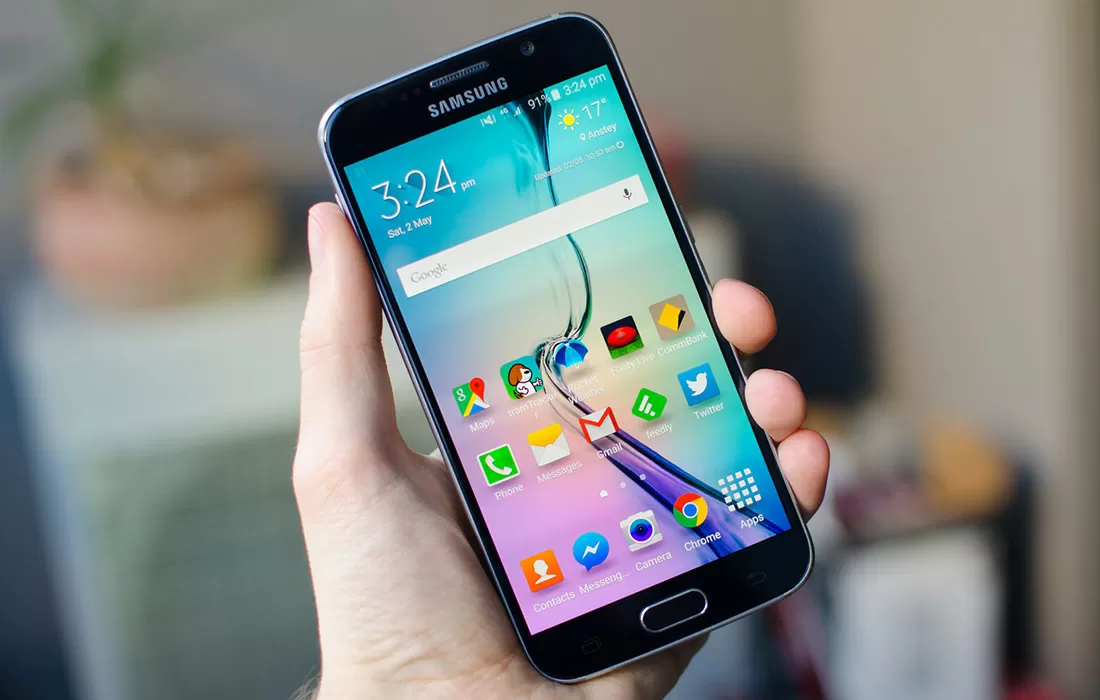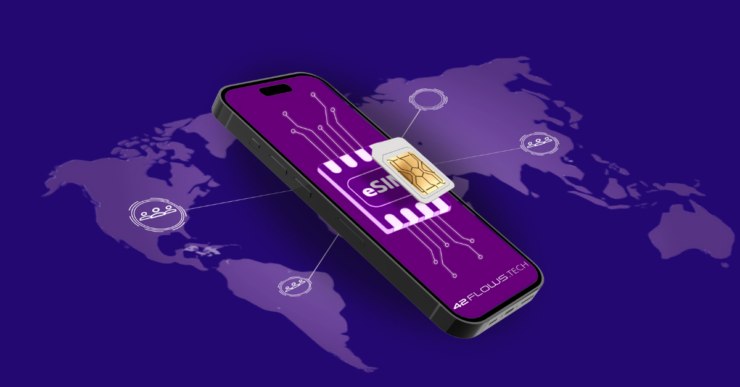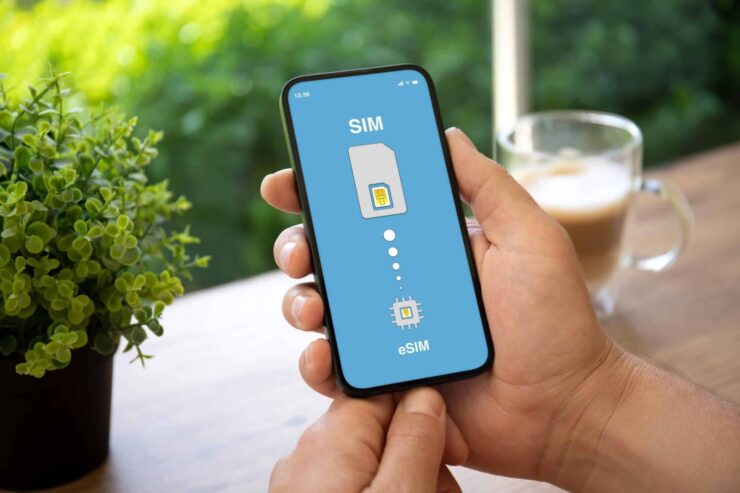As a business consultant who travels internationally at least once a month, staying connected is my lifeline. I’ve tried handling SIM cards from various carriers, making expensive roaming calls, and dealing with spotty airport WiFi in order to access emails, calls, maps and web searches during my frequent trips abroad. It has been frustrating, to say the least.
But ever since getting a phone with an embedded SIM card (eSIM) capability last year, global travel has become much simpler. I can now use wireless data networks in over 100 countries easily, without fumbling with different sized plastic SIM cards.
What is eSIM and Why Does it Matter?
An eSIM is basically a tiny, programmable SIM chip that is permanently embedded and soldered onto the motherboard of phones, tablets and smart watches by manufacturers.
This integrated cellular chip allows you to securely download and switch between multiple cellular network profiles just by using an app.
“Travel eSIM’s allow you to quickly select a local carrier when you land in a foreign country, without having to order, insert and swap small plastic SIM cards. It’s very convenient.” Peter Moore, www.buytravelesim.com
With eSIM technology, frequent travellers like me can stay connected anywhere in the world much more easily.
Cost Savings from Local Plans & Data Control

Another big eSIM benefit is cost savings. When you travel abroad frequently, international roaming charges from your home carrier can quickly add up to hundreds of extra dollars per trip. With the flexibility to activate local carrier plans through eSIM, I now get charged local rates for data, calls and texts in whichever country I’m visiting.
And because eSIM makes switching carrier profiles easy, I can adjust my data usage, suspend lines I’m not using, or change plans if I’ll be stationary for a while. Having more granular control over what networks I’m connected to and when has translated to significantly lower cell phone bills.
The ease of network switching has been a total game changer for how I stay communicatively accessible during continual global travels.
Enhanced Security & Reliability

As much as I love the convenience of eSIM for international business travel, the security enhancements matter just as much. With a physical SIM card, if I lost my phone or someone was able to remove and clone my SIM, it could allow identity theft or compromised access to sensitive corporate data. Android and iPhone devices themselves are encrypted, but physical SIM cards have always been an access risk.
eSIM eliminates that vulnerability entirely by embedding the crucial SIM chip data directly into devices. That profile data is securely stored and encrypted within a separate processor known as the secure element. Without the ability to physically access, remove or clone an eSIM, it’s far less likely for someone to compromise my phone’s connectivity and data.
Additionally, not having to fool around with swapping delicate pieces of plastic that can easily bend or scratch is great for reliability. In my experience, even careful SIM card swapping in and out of various devices eventually degrades the card readers and connectors.
With an always-embedded eSIM, there are no moving parts to wear out or degrade. I haven’t had any reader issues since getting an eSIM phone, which is essential for anyone who travels constantly across borders and carriers.
eSIM Adoption Keeps Growing

The final reason I have embraced eSIM wholeheartedly is that it represents the future. More and more cell phone manufacturers are releasing devices with embedded SIMs now standard, including premium brands like iPhone and Samsung.
Most major carriers in North America, Europe and Asia now support eSIM cellular activation as the precursor to phasing out physical SIM cards.
And many smart watch manufacturers are ahead of the curve by solely using eSIM connectivity for LTE models. For frequent travelers and mobile warriors like me, it’s clear eSIM is becoming ubiquitous worldwide. I’m thrilled at how much easier it makes it to stay conveniently connected anywhere business takes me.
Getting Started with eSIM

For those wondering how difficult it is to start taking advantage of eSIM technology, I have some good news—it’s quite easy! Most modern higher-end smartphones already have eSIM capabilities built-in, including iPhones from XS models forward and many Android flagships. Double check your device specifications to confirm.
Activating your eSIM is as straightforward as installing the app from your desired carrier and following the prompts to scan a QR code or download your plan profile. I recommend selecting a carrier in your home country to start with so any customer service hiccups are easier to handle.
Be sure when activating your eSIM that your phone number and account details properly transfer over. Once your eSIM is active with your regular number, you can start adding additional network profiles for international carriers as needed without juggling physical SIMs.
The carrier apps also make it simple to manage what lines are active or suspended based on where you are. And you can easily delete any profiles not in use to keep things tidy. I’ve found eSIM settings very intuitive on both Android and iPhone devices.
While it may take a few years for eSIM to completely overtake old-fashioned physical SIM cards, especially on less expensive device models, make sure to choose an eSIM-ready phone for your next upgrade. Doing so will keep you on the cutting edge of connectivity and make business travel much less stressful when it comes to wireless carrier access across the globe.

